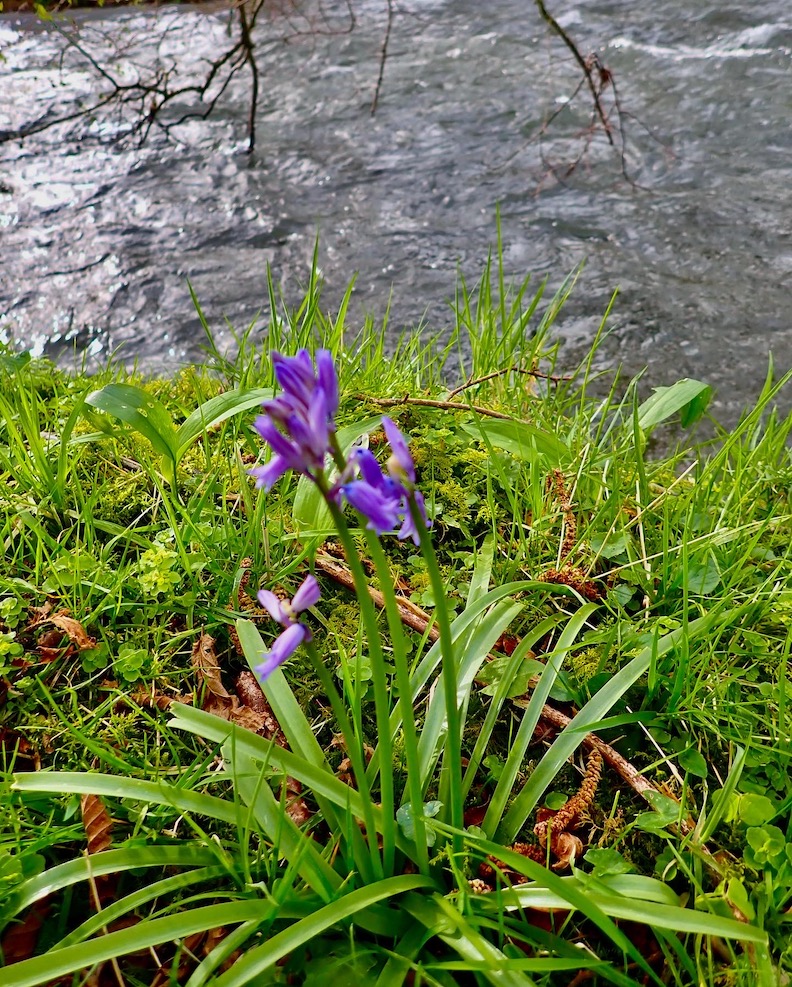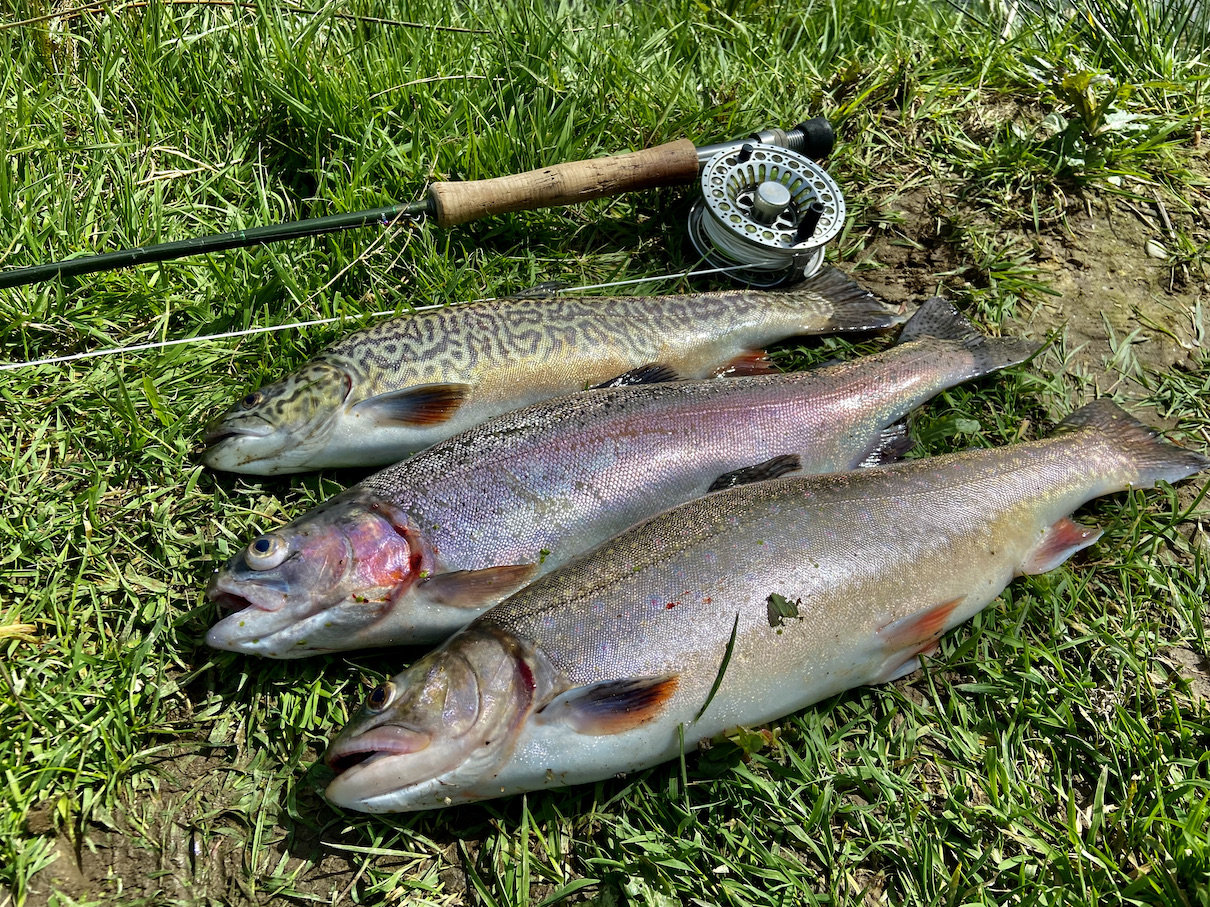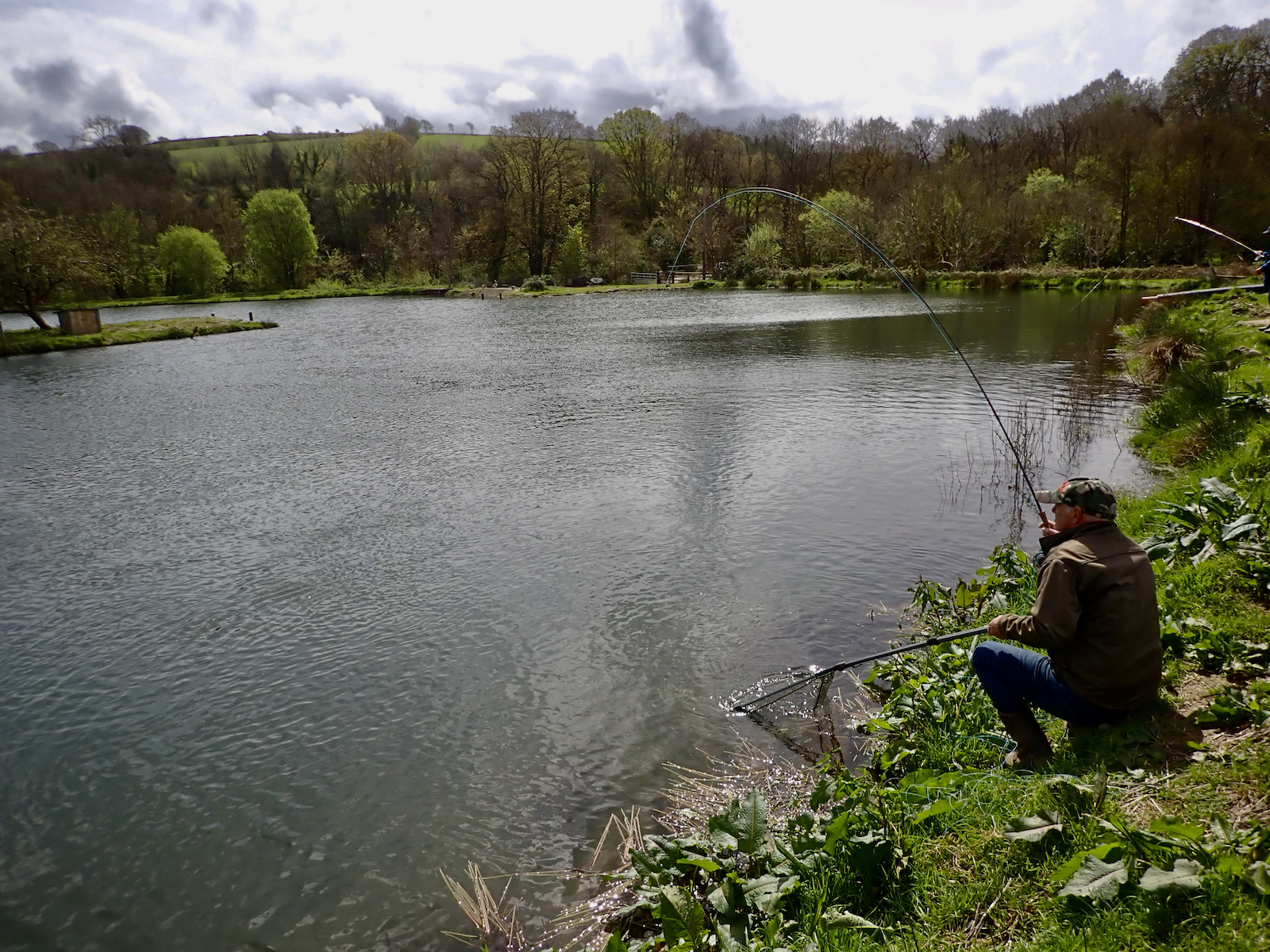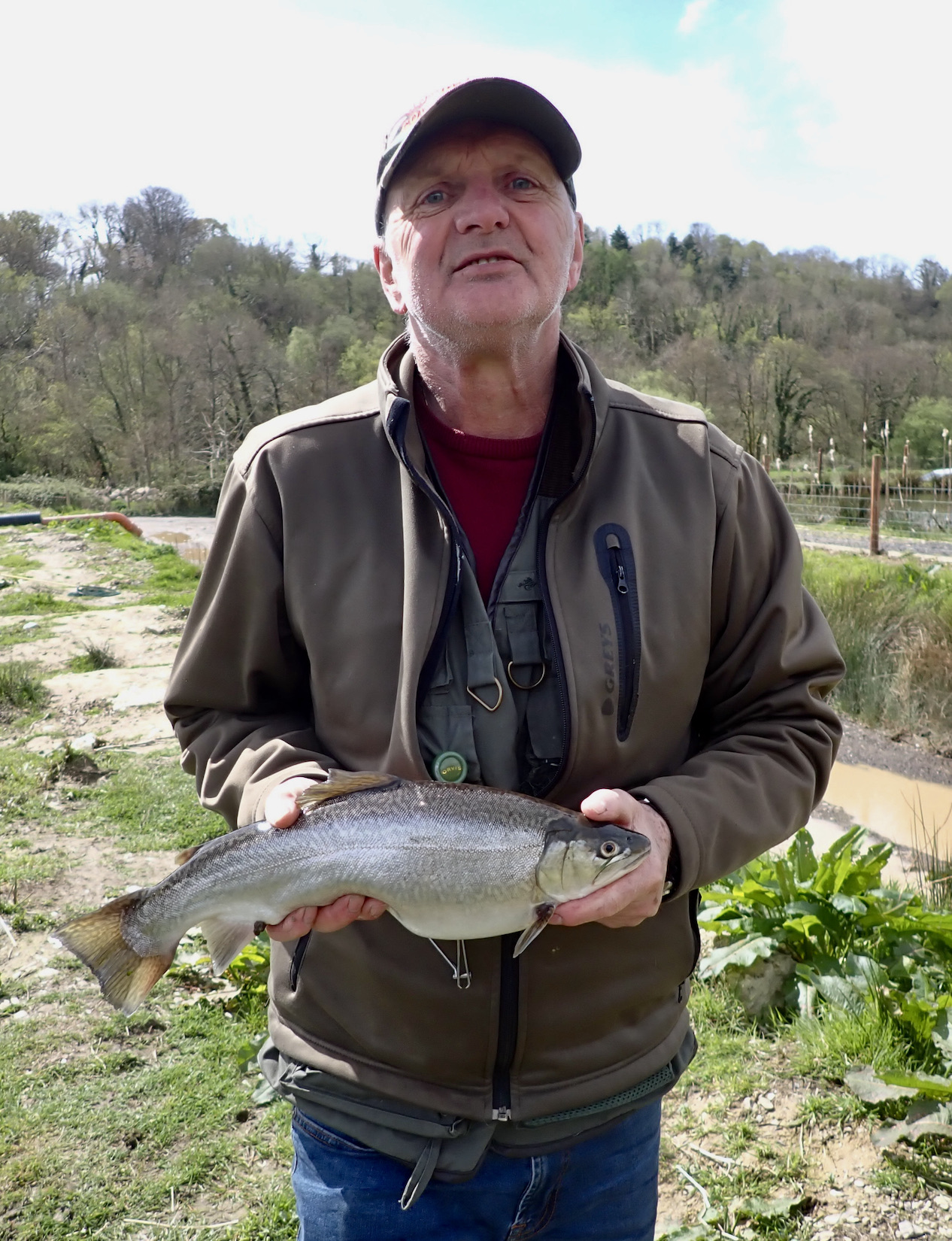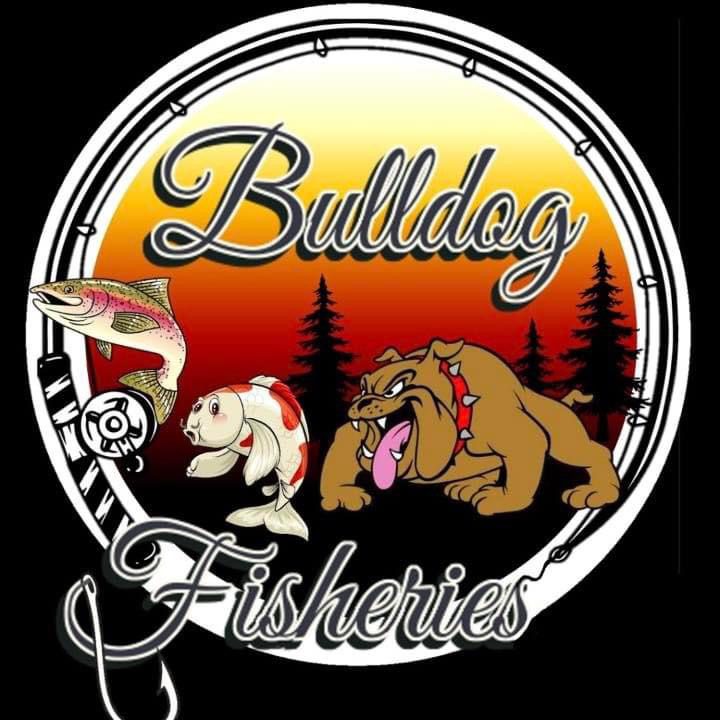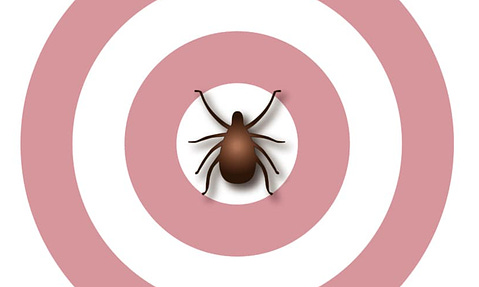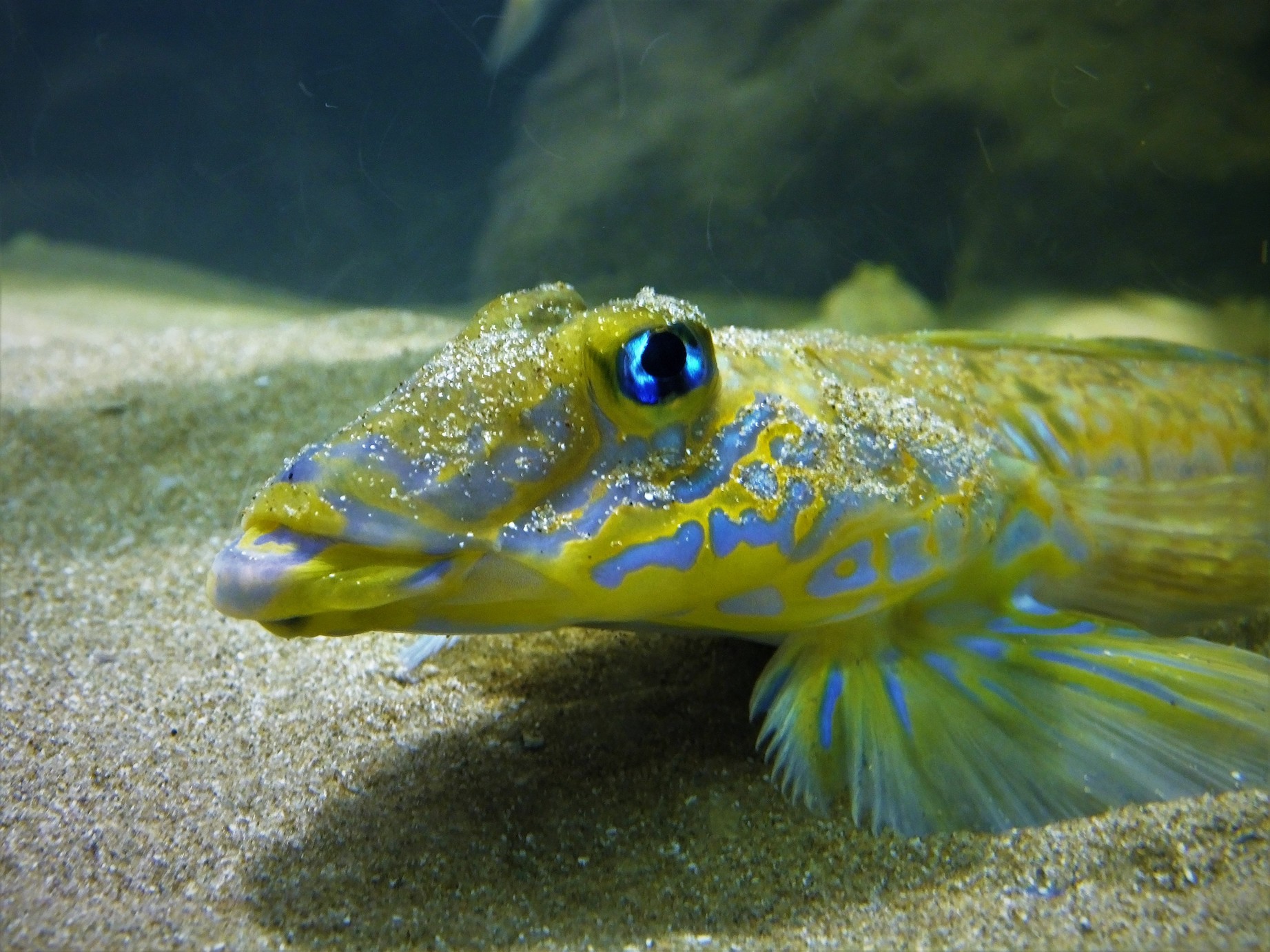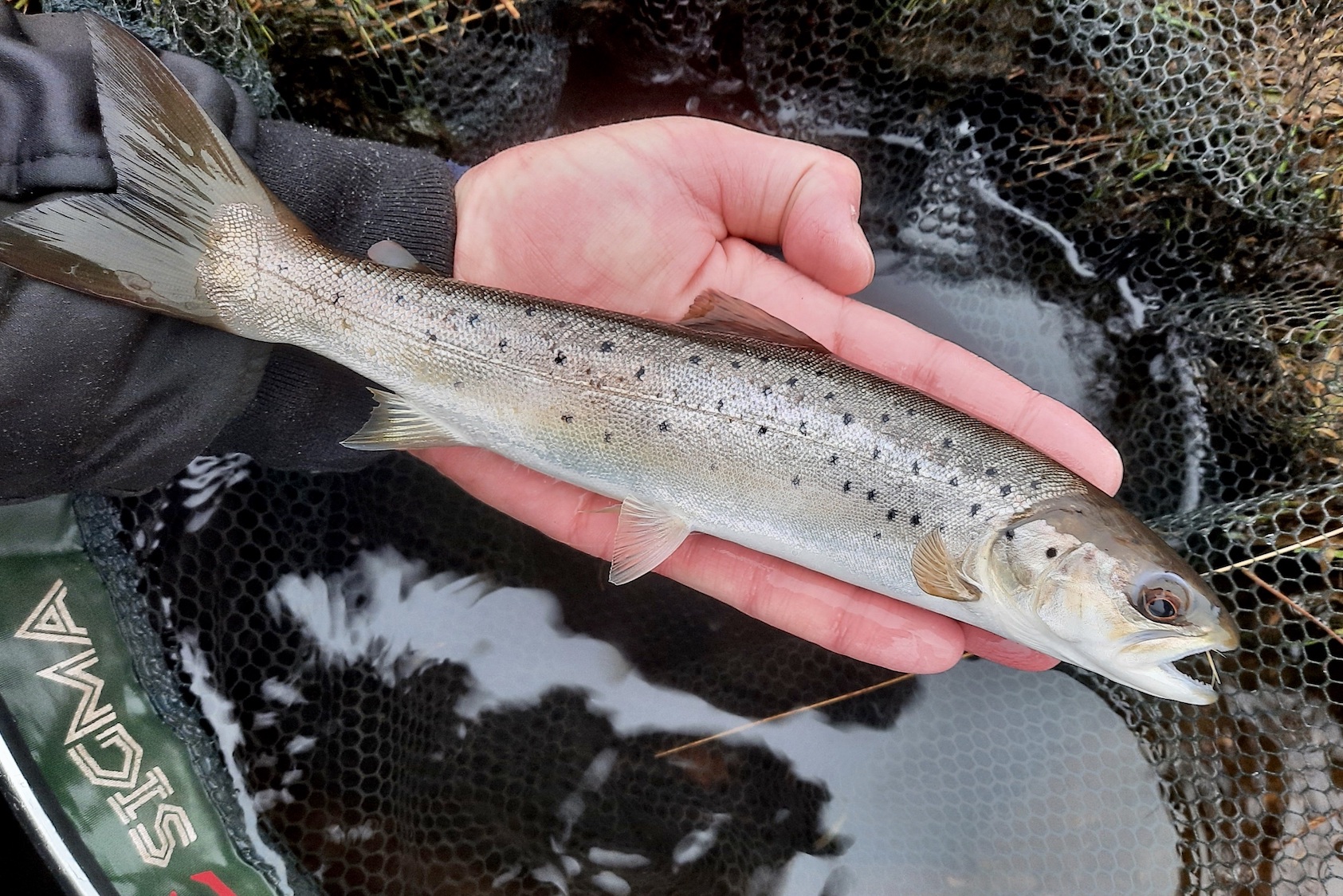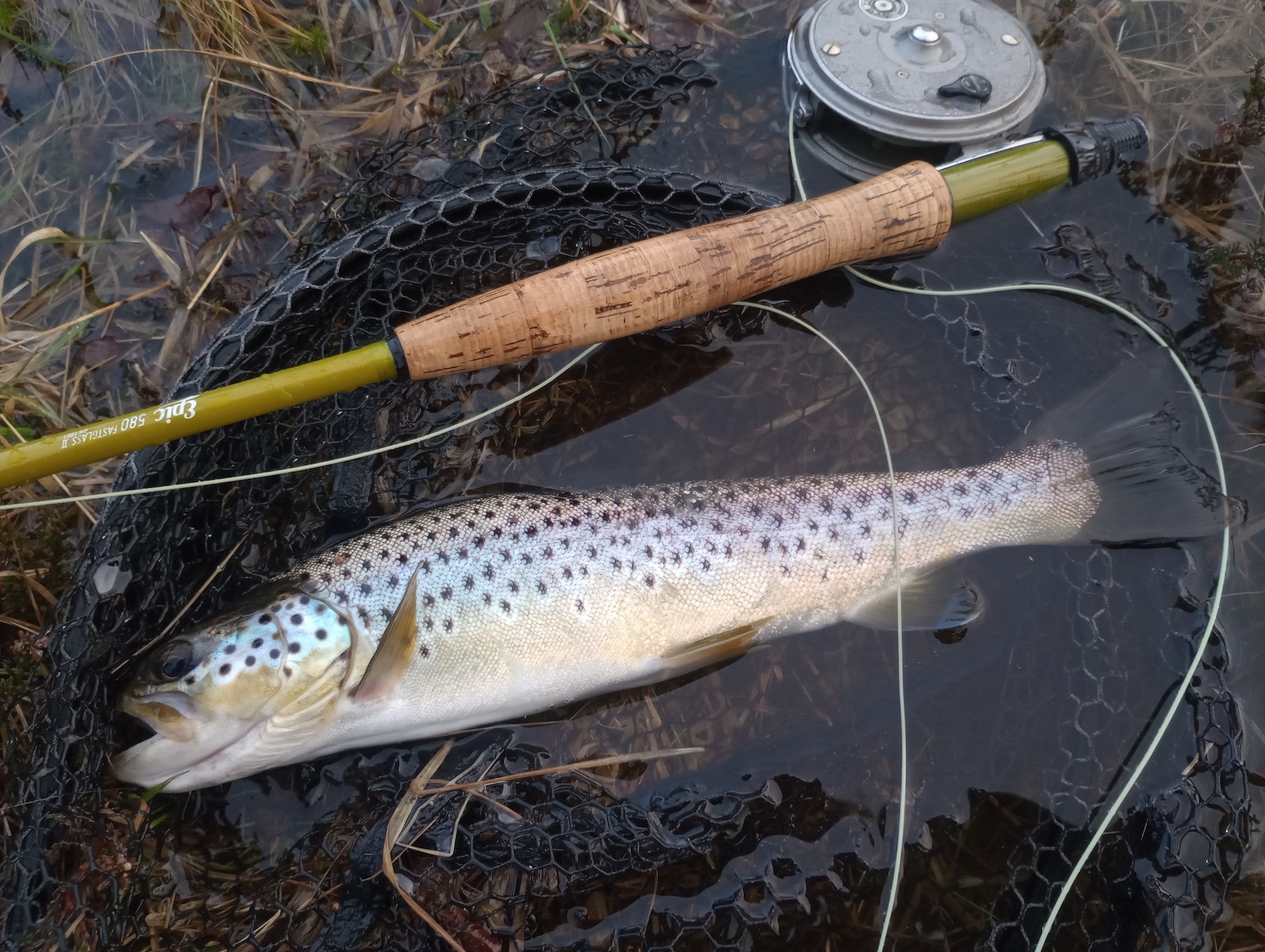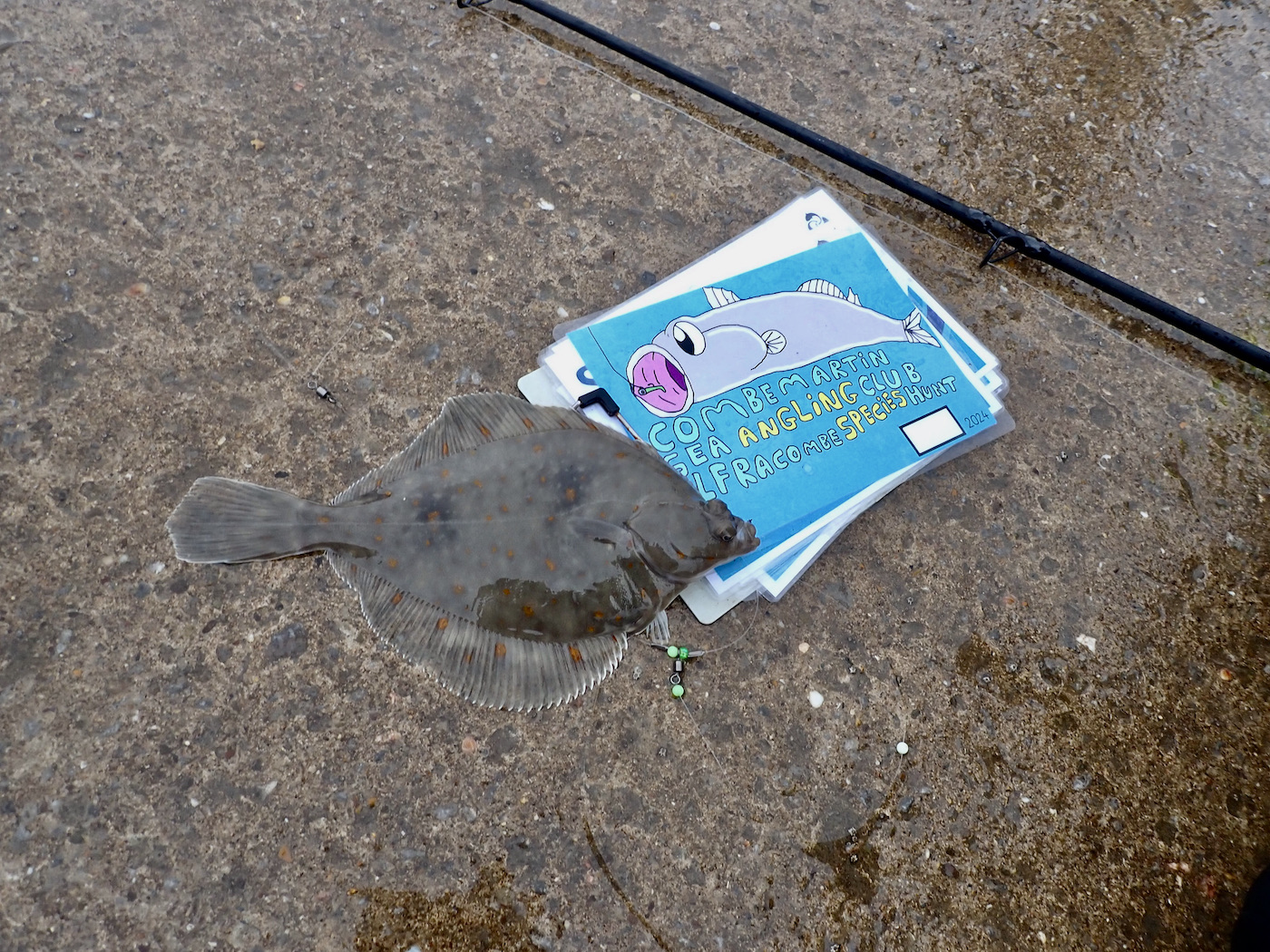Lord Clinton: it is with sadness that I have to report that Lord Clinton, the president of our Association, has passed away after a short illness. Lord Clinton was very much the brainchild in the setting up of our Association in 1979. He was chairman for five years and has been President ever since. He was passionate about our river, attended committee meetings whenever his busy diary permitted and always gave sound advice when asked.
Change of Name: those members present at the agm voted in favour of the proposal to change the name of the Association to Torridge Rivers Association. The previous name was rather long and often caused confusion for those paying their subscription by BACS. Your committee discussed at length a possible name change and considered that the new name would represent not only our fishery interest but also our support for the health of the river and all the catchments.
http://www.rivertorridge.org.uk
The AGM: was held at The Half Moon Inn on Friday 22nd March. 26 members attended. The Chairman welcomed everybody, especially Ewan Wallace (Devon Wildlife Trust) and Sam Fenner (North Devon Fishery Enforcement Officer). Ewan Wallace, the project manager for the North Devon Improvement Project, outlined the work of the Trust with particular reference to our catchment. Sam Fenner explained that there were now only three fishery enforcement officers for Devon and he alone was responsible for the Torridge Taw and Lyn catchments as well as the estuary. Sam stressed the need for our support: we must be the eyes and ears of the river and to let him know of any concerns.
The Salmon Hatchery: for the first time for four years we were able to operate the hatchery again. In order for the EA to give us permission to use the fish pass at Monkokehampton Weir to trap our broodstock we had to provide a very detailed risk assessment document, take part in a training day as well as purchase a hoist and harness. Trapping the broodstock was not easy but we eventually caught up five hens and three cock fish. Four of the five hens were stripped and 22,000 fertilised eggs were laid out in the incubating trays. Despite the problems of warm water (often as high as 10C) and silt covering the eggs, hatching was successful and over 20,000 swim-up fry have been stocked out in the headwaters of the Torridge, Lew and Okement. Izzy Moser from the Devon Wildlife Trust advised on the stocking sites and helped with the stocking.
100% salmon catch and release: once again the EA has deferred making a decision. However with stocks of salmon and sea trout at all time low your committee strongly recommends that all migratory fish are released without where possible removing them from the water.
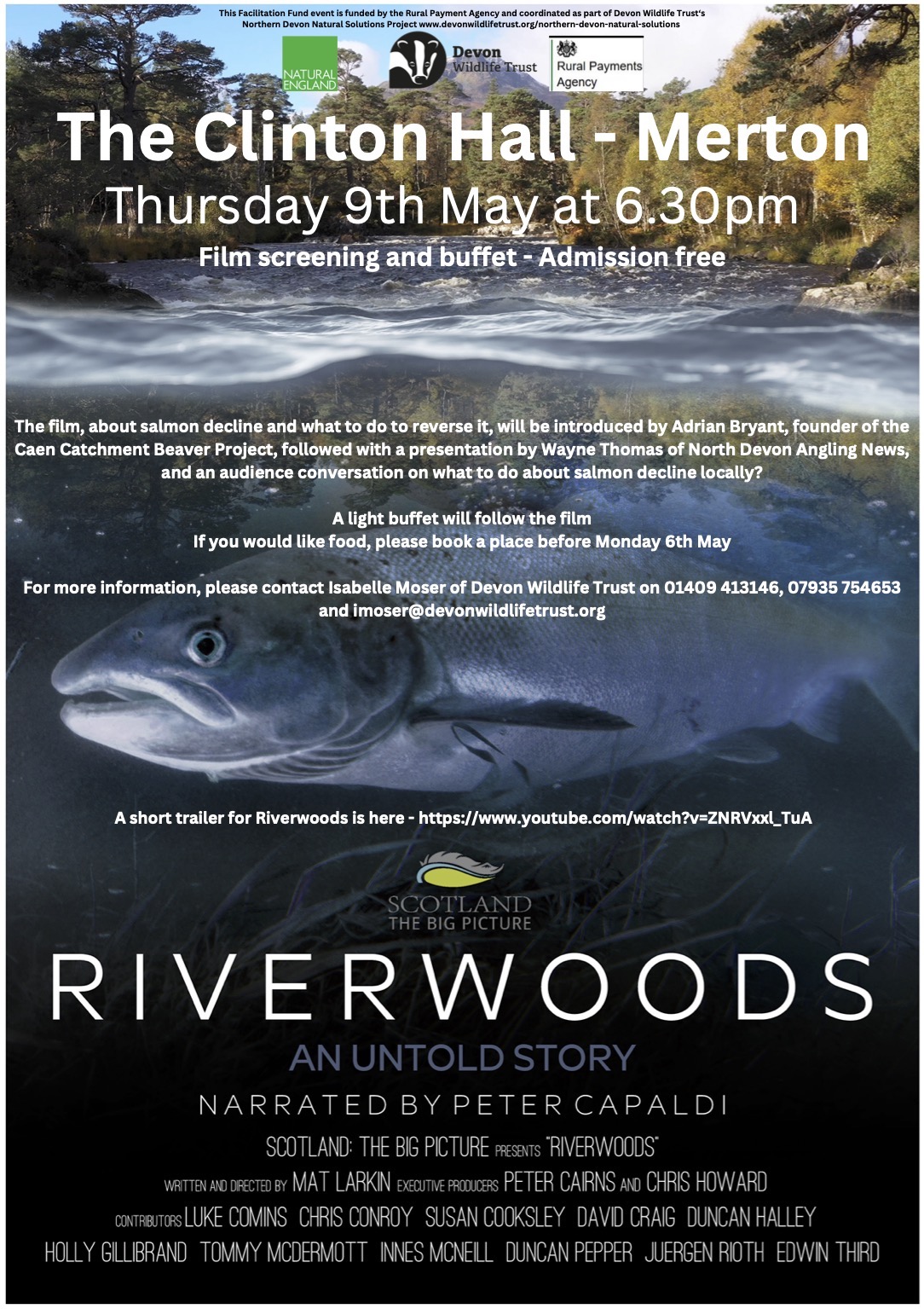
For those who missed the Riverwoods evening at the Half Moon there is a chance to see the film and another talk. See poster above.
The season so far: the river was bank high on 1st March and has been in spate for the whole of the first month. Salmon have been seen both at Beam and Madeira. When the river finally settles there will be a good chance of a fresh spring salmon.
The Egg Box Dinner: Saturday 28th September at The Half Moon Inn. Book early with The Half Moon to avoid disappointment. Tel: 01409231376 e-mail: [email protected]





